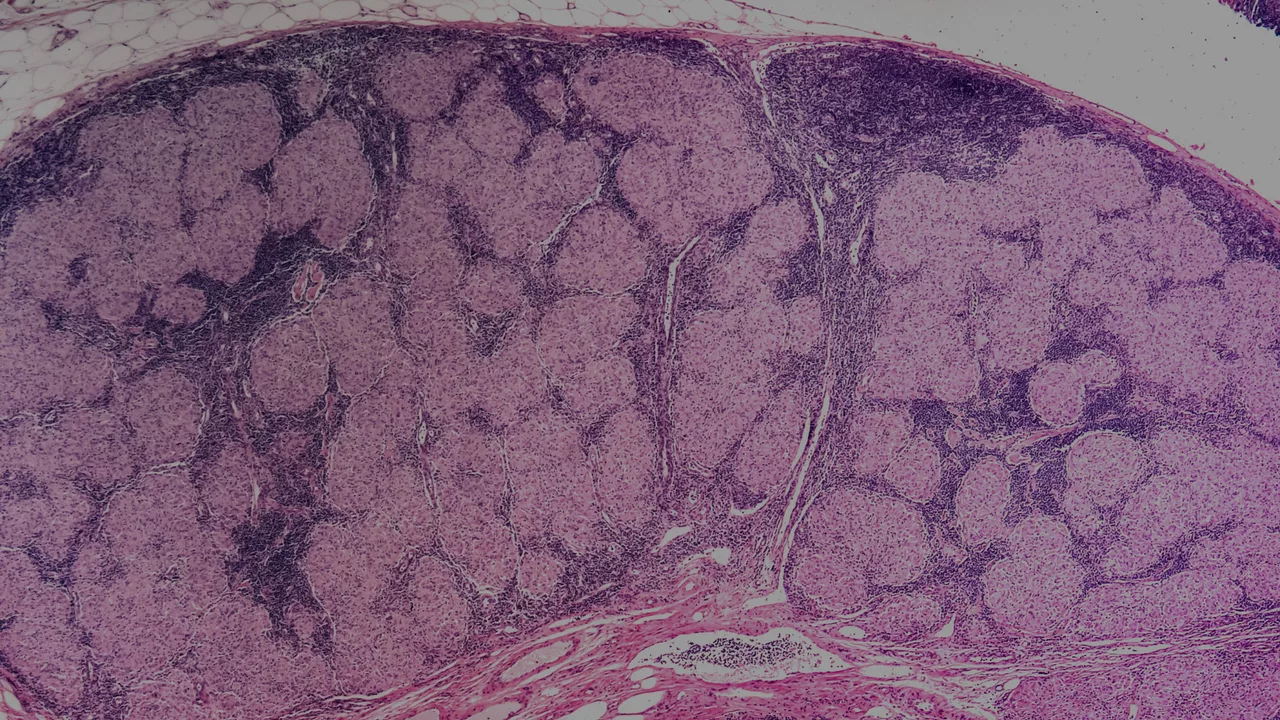Sarcoidosis treatment: practical options and when to act
Sarcoidosis can hang around quietly or cause real damage to organs like lungs, eyes, heart, or brain. Not every case needs medication. Treatment focuses on stopping organ damage, easing symptoms, and avoiding long-term drug side effects. Here’s a clear, usable rundown of the treatments doctors commonly use and what you should watch for.
Who needs treatment and why
Treatment is usually recommended when sarcoidosis is causing worsening organ function, severe symptoms (like breathlessness that limits daily life), significant eye inflammation, heart rhythm problems, or neurological signs. If your disease is mild and stable, your doctor may choose careful monitoring instead of drugs. Ask: is the goal symptom control, preventing scarring, or treating a life‑threatening complication? That answer guides the plan.
First-line therapy for most active disease is oral corticosteroids. Prednisone commonly starts in the 20–40 mg/day range depending on severity, then is tapered over months. Steroids work fast but cause weight gain, high blood sugar, bone loss, and mood changes, so doctors try to use the lowest effective dose for the shortest time.
Steroid-sparing options and advanced therapies
If steroids aren’t enough or side effects are a problem, doctors add steroid-sparing drugs. Methotrexate (usually given once weekly, with folic acid), azathioprine, and mycophenolate are common choices. Hydroxychloroquine can help skin lesions and high calcium in some patients.
For disease that doesn’t respond to those drugs, biologic therapies like infliximab or adalimumab (TNF inhibitors) are used, especially for severe lung, eye, or neurological sarcoidosis. These require screening for infections (like tuberculosis) before starting and close follow-up during treatment.
Cardiac and neurosarcoidosis often need higher‑intensity care: high-dose steroids plus another immunosuppressant, frequent imaging, and coordination with cardiology or neurology. For dangerous heart rhythms, pacemakers or implantable defibrillators may be necessary.
Treatments beyond drugs include oxygen for low blood oxygen, pulmonary rehabilitation to help with breathlessness, and surgery in rare cases (eg, lung transplant for end-stage disease). Ophthalmology and dental follow-up are key when eyes or salivary glands are involved.
Monitoring matters. Expect regular blood tests (CBC, liver function), chest imaging, eye exams, bone density checks if you’re on long-term steroids, and watch for infections or changes in blood sugar. Before starting strong immunosuppression, update vaccines — but avoid live vaccines while on these drugs.
If your symptoms change suddenly — new fainting, fast heartbeats, sudden vision loss, or severe shortness of breath — seek emergency care. For ongoing decisions, a multidisciplinary team (pulmonologist, rheumatologist, cardiologist, ophthalmologist) gives the best results. Talk openly with your doctor about risks, expected timelines, and what side effects you can’t live with. That helps pick the treatment that fits your life and goals.

The Role of Atorvastatin in Treating Sarcoidosis
Atorvastatin plays a significant role in managing sarcoidosis, a disease characterized by the growth of tiny clumps of inflammatory cells in different parts of the body. Studies highlight Atorvastatin's potential in reducing inflammation and improving lung function, making it a promising treatment option. It's a cholesterol-lowering drug, but it's proving to be more versatile than we initially thought. While traditional treatments are still widely used, Atorvastatin offers a new perspective in the fight against sarcoidosis. Yet, more extensive research is needed to fully understand its efficiency and potential side effects.
More Detail